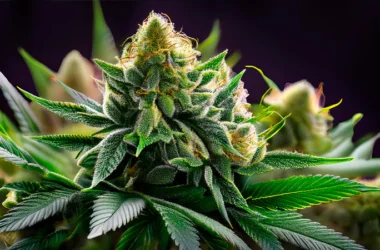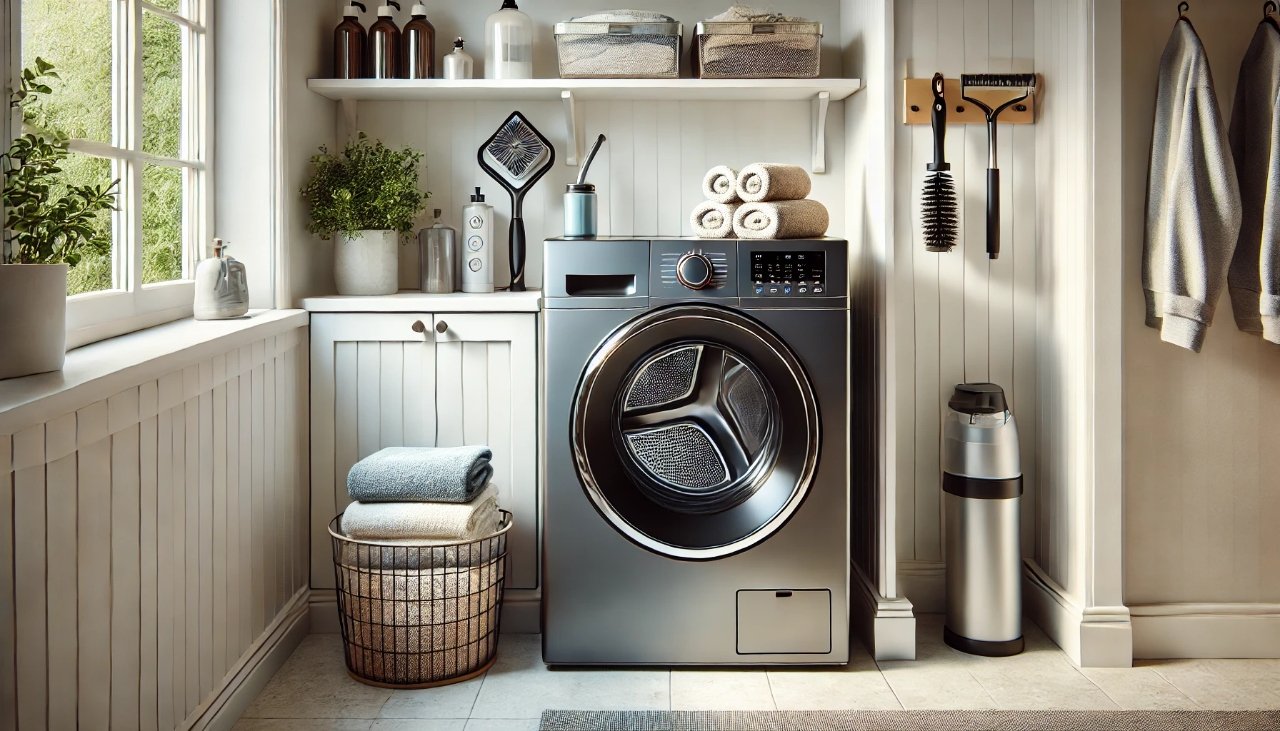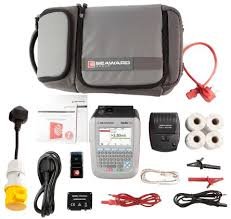When a gas clothes dryer is not heating, it can disrupt daily routines and leave your laundry wet and unwearable. While this problem might seem complex, several simple steps can resolve it. This article will explore practical solutions to troubleshoot and fix the issue. Understanding your dryer’s operation and identifying the root cause will save you time, money, and frustration.
How Does a Gas Clothes Dryer Work?
A gas clothes dryer uses natural gas or propane to produce heat for drying clothes. Inside the dryer, a gas burner ignites and heats the air. A fan circulates This hot air through the drum, evaporating moisture from clothes. Any malfunction in this process can result in a gas clothes dryer not heating as it should.
Common Reasons for a Gas Clothes Dryer Not Heating
Several factors might prevent your gas clothes dryer from producing heat. These include:
- Faulty gas supply.
- Malfunctioning thermal fuse.
- Issues with the igniter or burner assembly.
- Blocked airflow due to lint buildup.
Understanding these issues will help you narrow down the cause.
Safety First: Preparing for Dryer Troubleshooting
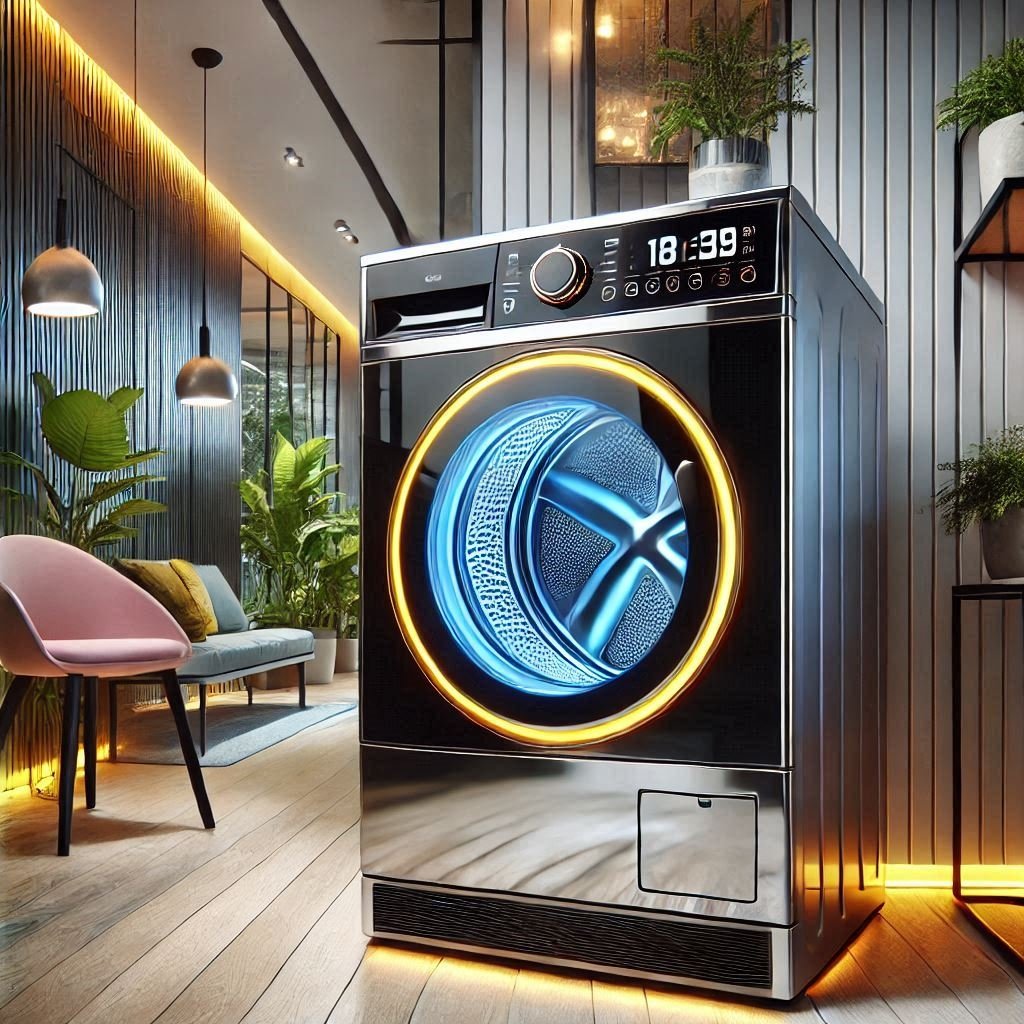
Before troubleshooting, ensure you prioritize safety.
- Disconnect the dryer from its power source.
- Turn off the gas supply.
- Keep a fire extinguisher nearby, as gas appliances can pose fire risks.
Working safely reduces risks and ensures effective problem-solving.
Checking the Gas Supply
A common reason for a gas clothes dryer not heating is an interrupted gas supply.
- Ensure the gas valve is open and the supply line is connected.
- Inspect the hose for kinks or damage.
- If you suspect a gas leak, contact a professional immediately.
Consistent gas flow is critical for proper dryer operation.
Inspecting the Thermal Fuse
The thermal fuse is a safety device that prevents overheating. When blown, it interrupts the heating process.
- Locate the thermal fuse, usually near the exhaust vent inside the dryer.
- Test it using a multimeter for continuity.
- Replace it if it shows no continuity.
A functioning thermal fuse is essential for safe and efficient drying.
Evaluating the Igniter
The igniter is responsible for lighting the burner. If it’s damaged, the dryer won’t heat.
- Access the igniter near the burner assembly.
- Inspect it for visible damage, such as cracks.
- Test its resistance with a multimeter.
Replacing a faulty igniter restores the heating function of the dryer.
Examining the Burner Assembly
The burner assembly includes gas valves, solenoids, and other components. If any of these fail, the dryer may stop heating.
- Check the solenoid coils for proper operation.
- Observe whether the burner ignites during the drying cycle.
- Replace malfunctioning parts as needed.
Ensuring the burner assembly is in good condition is key to resolving heating problems.
Clearing Lint and Blockages
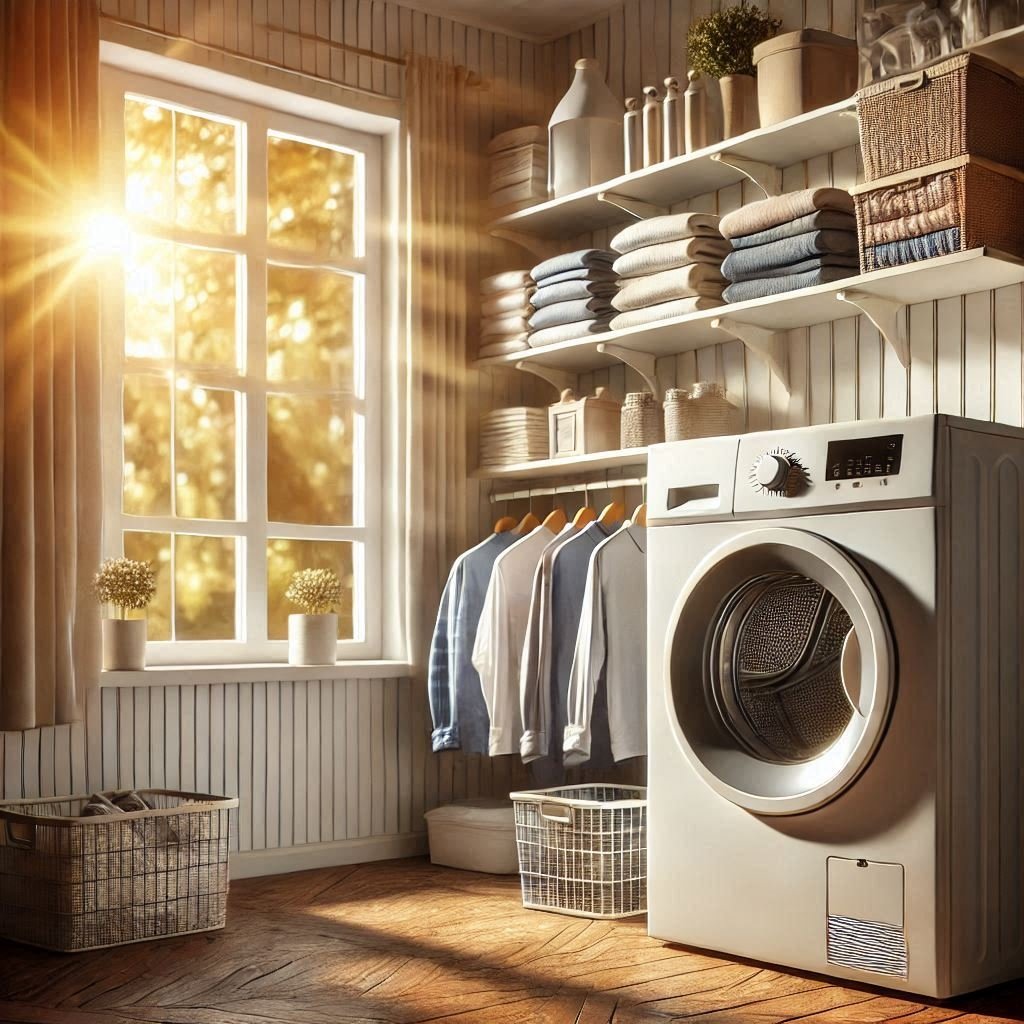
Clogged vents and lint buildup can restrict airflow, causing the dryer to overheat and shut off.
- Clean the lint trap before every use.
- Inspect the dryer vent for blockages.
- Use a vacuum or brush to clean the exhaust duct.
Improved airflow prevents overheating and ensures consistent drying performance.
Testing the High-Limit Thermostat
The high-limit thermostat shuts off the burner if the dryer overheats. If it malfunctions, it may cut off heating prematurely.
- Locate the thermostat near the heating element.
- Test it for continuity using a multimeter.
- Replace it if it fails the test.
Maintaining the thermostat helps regulate the dryer’s temperature effectively.
Resetting the Dryer’s Controls
Sometimes, a gas clothes dryer not heating might be due to a glitch in the control board or timer.
- Reset the dryer by unplugging it for 10 minutes.
- Reconnect it and run a test cycle.
A simple reset often resolves minor technical issues.
When to Call a Professional
If you’ve attempted all troubleshooting steps without success, it’s time to consult a professional. Persistent issues could indicate more significant problems that require expert attention. Additionally, if you are considering upgrading your laundry appliances, you might explore durable and reliable options, like the Speed Queen Washer, known for its long-lasting performance.
Preventing Dryer Heating Issues
Taking preventive measures reduces the likelihood of future problems:
- Clean the lint filter regularly.
- Schedule annual maintenance for your dryer.
- Avoid overloading the dryer with heavy or wet items.
A gas clothes dryer not heating is a common yet solvable issue. By identifying the root cause and applying the appropriate fix, you can restore your dryer’s functionality and efficiency. Regular maintenance and proper use also minimize the risk of future problems. Whether it’s a simple adjustment or professional repair, tackling the issue promptly ensures your laundry routine remains uninterrupted.

